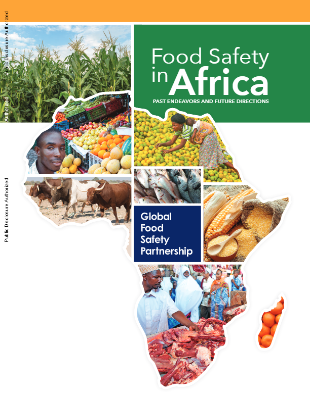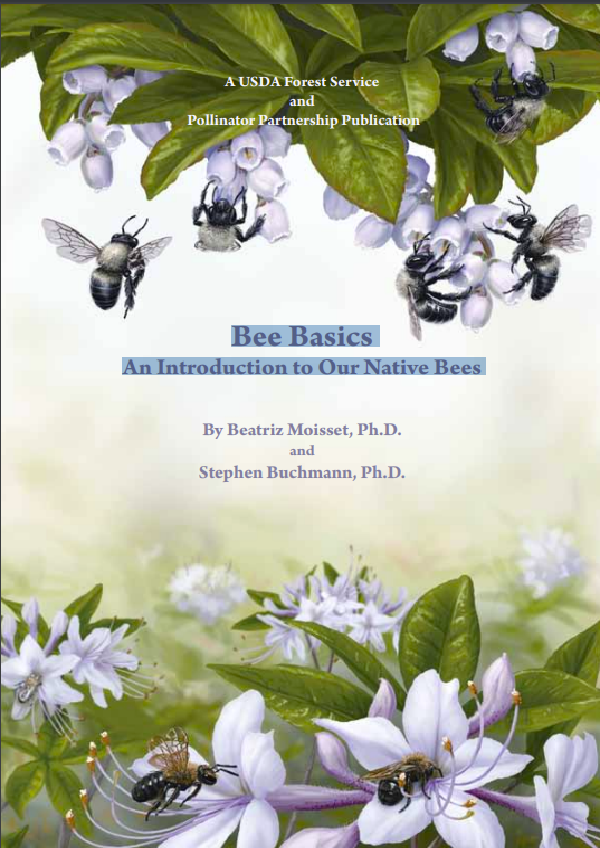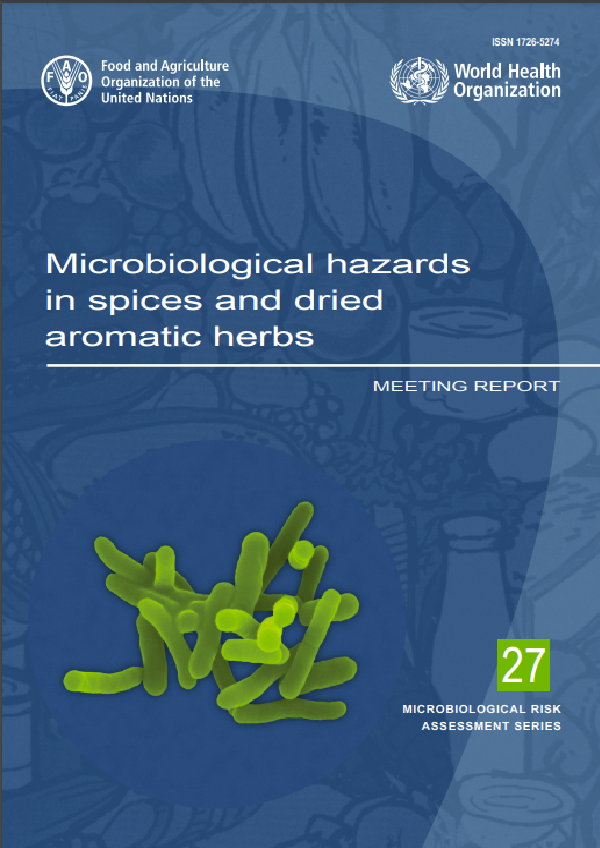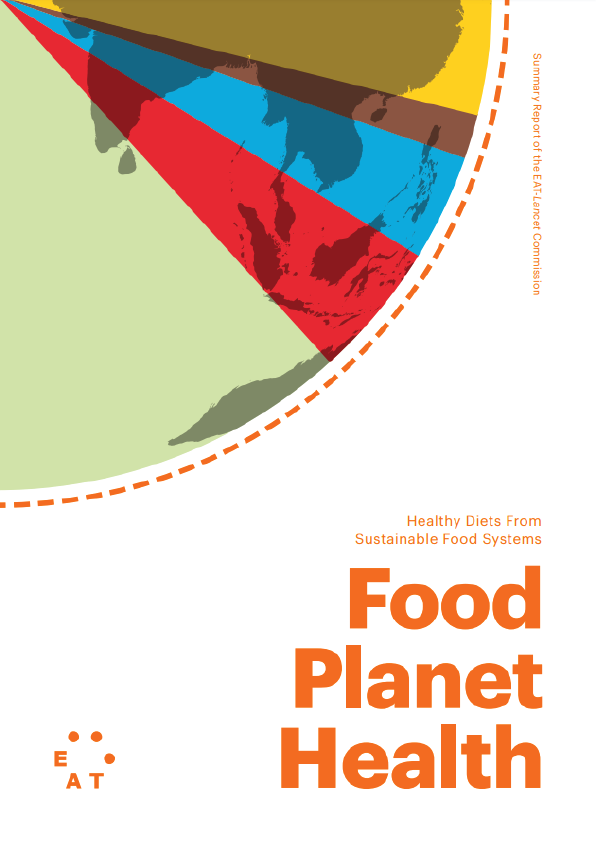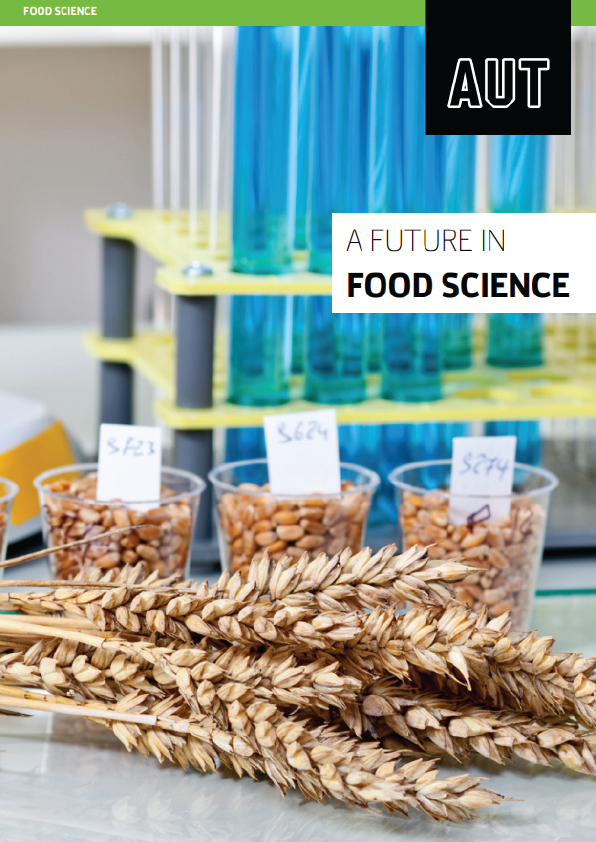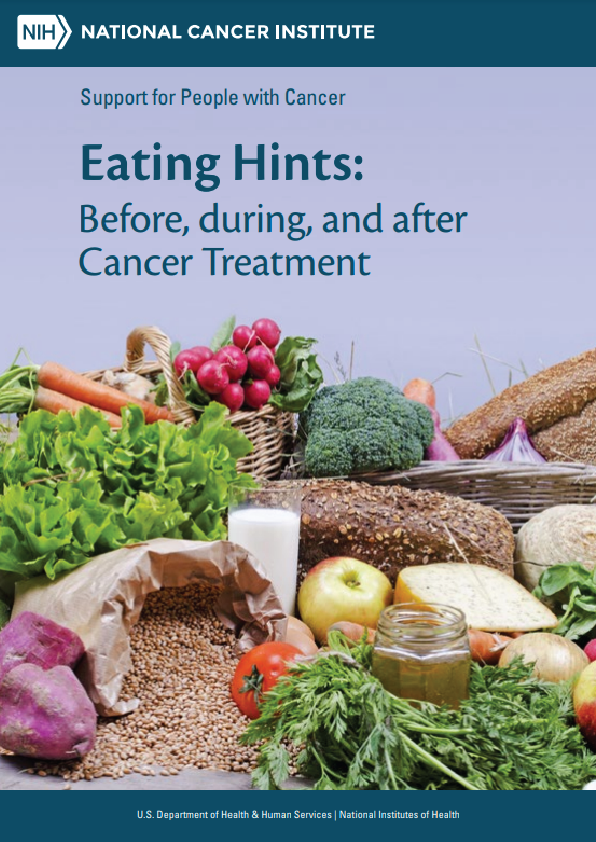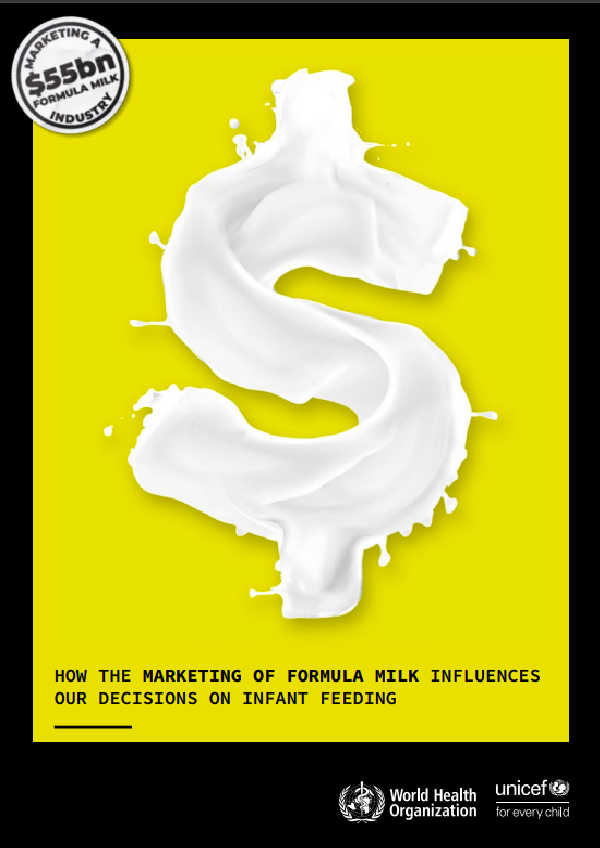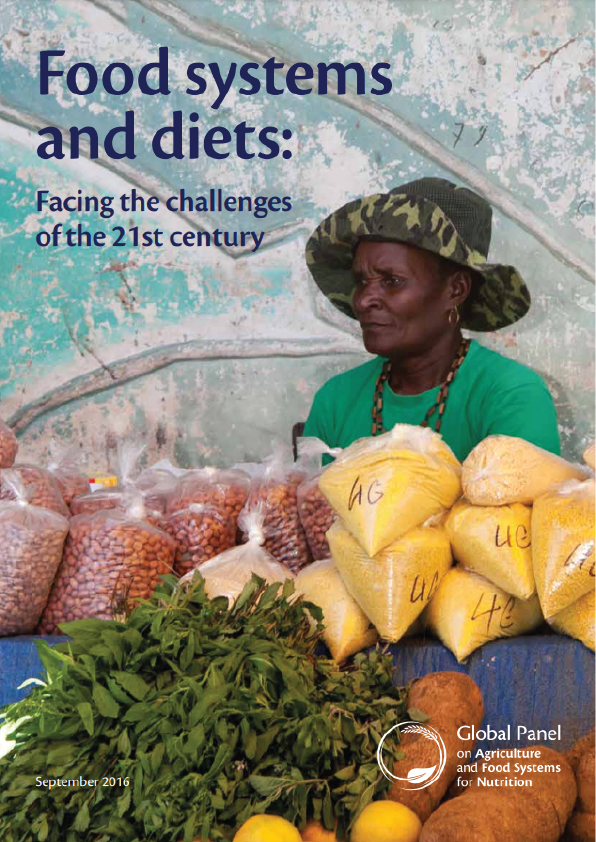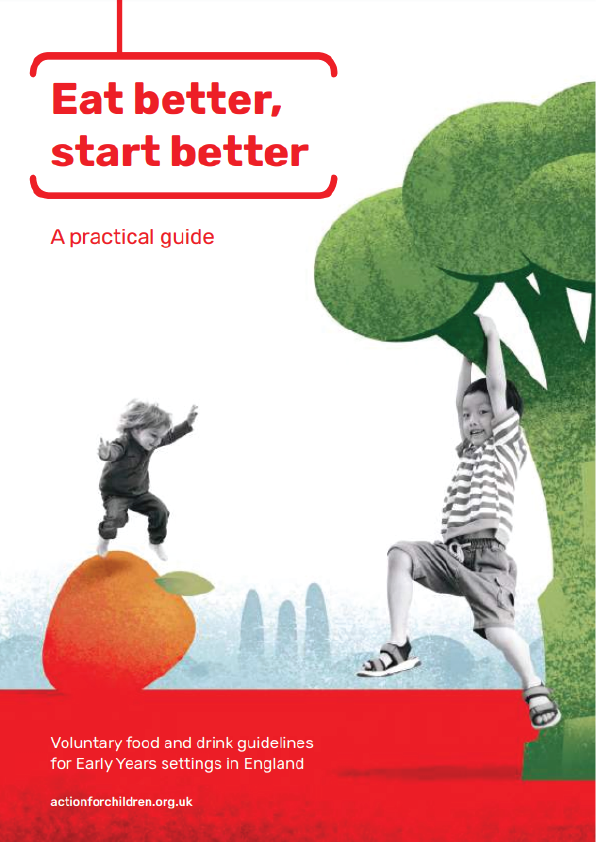Executive Summary
- Current donor investment in food safety in sub- Saharan Africa (SSA) largely reflects the concerns of previous decades and as a result is substantially focused on access to regional and overseas export markets, with emphasis on national control systems. Relatively little is being done to reduce foodborne illness among consumers in SSA. More investment in food safety (by African governments, donors and the private sector) is needed to help ensure that Africans have safe food.
- New understanding of foodborne disease burden and management, along with rapid and broad change within societies and agri-food systems in SSA, has led to food safety emerging as an important public health and development issue. There is need to reconsider donor and national government investment strategies and the role of the private sector.
- This report is a call for action on food safety. It provides up-to-date information on key food safety actors, presents the first-ever analysis of food safety investments in SSA, captures insights from a wideranging expert consultation and makes suggestions for attaining food safety, based on evidence but also consensus principles, successful elsewhere but not yet applied widely in mass domestic markets in SSA.
Key messages – Needs and opportunities for improvement
New evidence shows the very large health and economic burden of foodborne disease. SSA has the world’s highest per capita health burden, which disproportionately affects children and undermines the well-being and economic productivity of the whole population. Food safety also underpins the region’s agriculture-led development strategies, including the 2014 Malabo Declaration goal of dramatically increasing trade in food.
Complexity, dynamism and diversity of the food system hinder efforts to plan and target investments but offer opportunities for agri-food system development. Agri-food systems in SSA are characterized by many hazards and limited understanding of their presence, prevalence and contribution to health risks; predominance of smallholders and diversity of foods; diverse rapidly evolving formal and informal, domestic and export markets; physical infrastructure challenges; complex, underfunded, but modernizing governance systems; and emerging consumer awareness and market demands for food safety that vary widely among countries and between formal and informal markets.
While national governments have central responsibility for ensuring safe food for their citizens, international donor organizations are, and have been, the major providers of food safety investments. This report documents investments from over 30 bilateral and multilateral agencies, development banks and foundations. Although their goals, priorities and strategies have been largely uncoordinated, investments have been appreciated by stakeholders who nevertheless see opportunities for re-orientation of investments towards greater impacts.
Current donor investment in food safety remains substantially focused on access to regional and overseas export. Much of this donor investment involves activities that are not linked to health outcomes in SSA. The focus reflects priorities which dominated in past decades and which still have relevance but are insufficient to address the food safety needs of African consumers.
